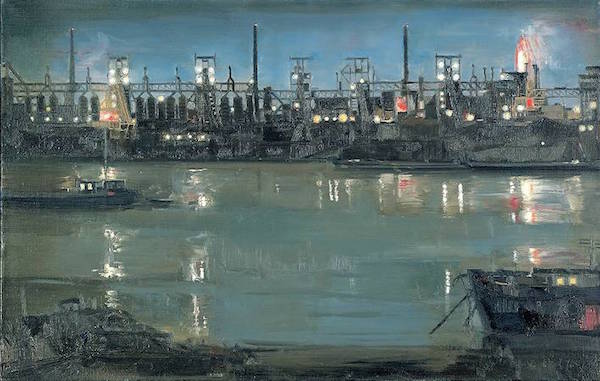Gerhard Richter is an artist well known for his visual abstract style of painting. A sought after and highly public artist, he has been very involved in his own press, the representation and holdings of his artworks, and most notably the creation of his catalogue raisonné.
A project that has been in the making for more than ten years, Richter’s raisonné spans his artistic career from 1976 to 1994 which is any collectors dream: having an artist work on his own catalogue thereby definitively authenticating the works in it. However collectors of Richter’s works find themselves in a continual nightmare.

Richter has rigorously been editing his oeuvre, routinely striking works from the catalogue that are created by him and most recently he no longer acknowledges works from his early West German period. He simply chooses to ignore a whole span of his artistic output, essentially disowning them as his own creations. This has not only sparked criticism, but also discussion. Should an artist be allowed to create their own artistic legacy by excluding artworks from their oeuvre?
The catalogue raisonné not only acts as a reference for the artist’s accepted works, but also as a historical and academic document that future generations can use to fully understand and appreciate the artist. Is it fair for the artist edit their own history? What about the collectors who purchased the artworks that the artist no longer claims?
If a work isn't included in a catalogue, the value will inevitably decrease, as there is no documentation to support the validity of the work over time. That is the problem with living artists. They want the ability to control their own market and legacy, which makes purchasing them more volatile than deceased ones such as Picasso and Chagall, as you always know where they stand and which works are accepted. If Picasso disowned his whole Blue Period and it was disregarded and not catalogued anywhere, where would art be? Where would his market be? There are considerations when altering art history and making such decisions should not be taken lightly.
